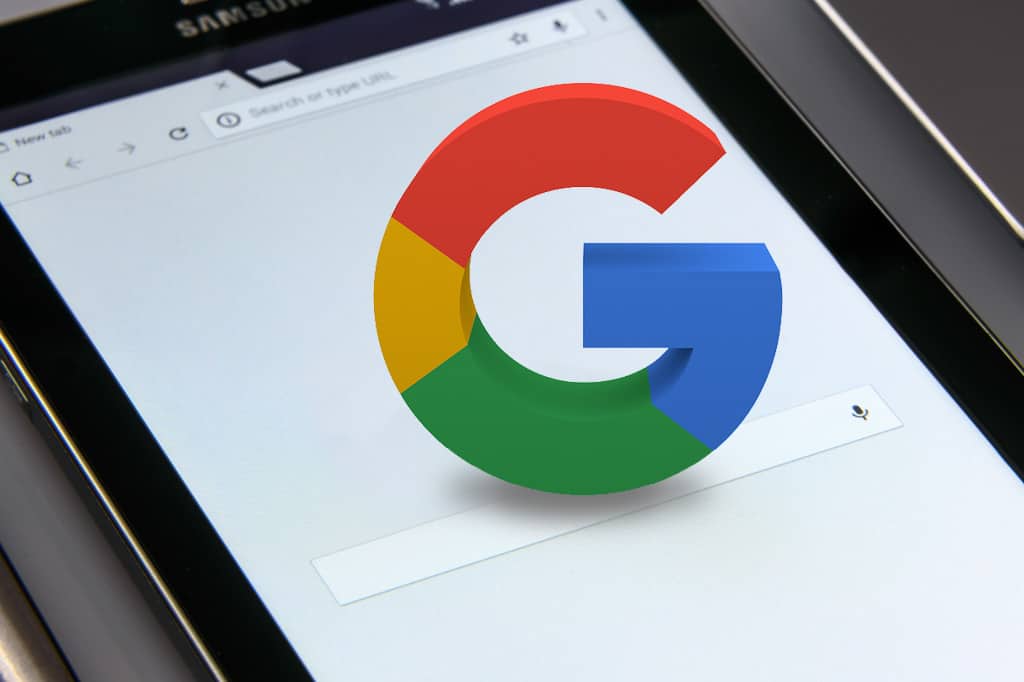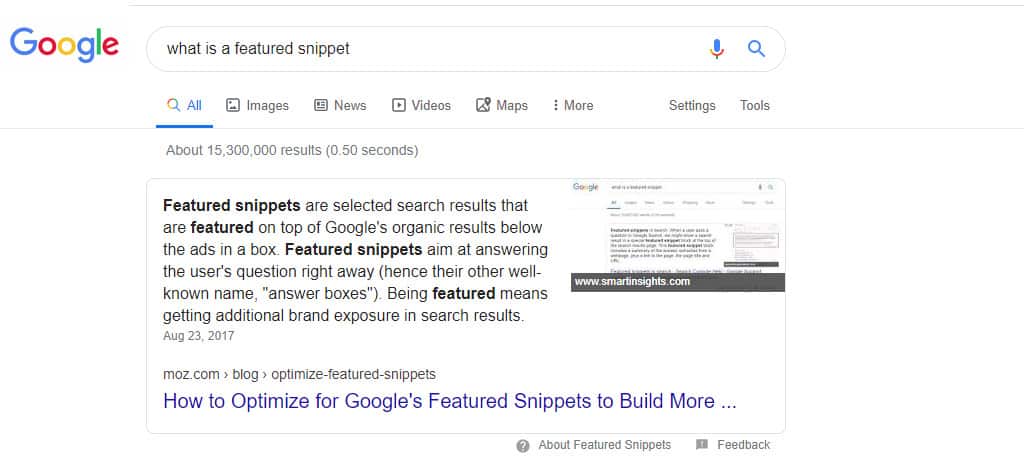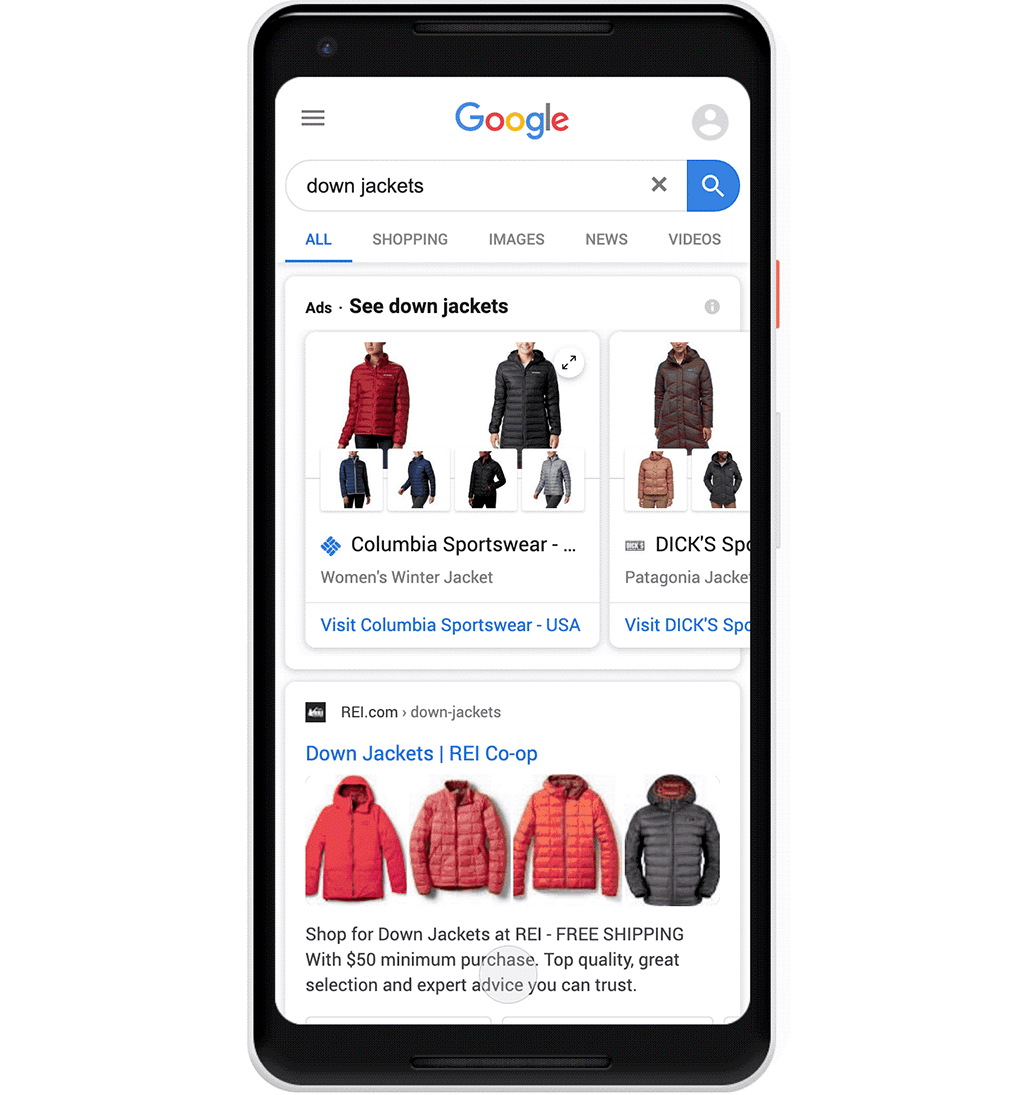
Estimated reading time: 6 minutes
Do terms like “structured data” and “product feeds” make your eyes glaze over just a little bit? Don’t worry. We’re going to break down what they mean and why you need to pay attention to them. And we’ll do it in a way that is actually applicable to you and your business, not just in tech-speak.
It has become more evident as the years go on that running an eCommerce store is much more than selling products. It’s not a digital version of a mail-order catalog. It’s a complex and often highly technical undertaking. Especially if you want to be seen, gain traction, and really scale your business.
Getting the word out about your business takes more than funny ad campaigns and catchy jingles. You probably know by now that you really rely on Google and the way they rank your website. There are countless articles about SEO practices to enhance your ranking and increase organic traffic. But regardless of how diligent you are, there is always something new that needs to be updated, added, or reconfigured to suit the ever-changing Google algorithms.
What’s New This Time?
Google recently announced that they are introducing a feature called Popular Products. Much like Featured Snippets that were introduced in 2014, Popular Products is going to help Google searchers find what they’re looking for faster and more accurately.

The feature will show products matching the search query right in the search results page. The user will see product images, reviews, pricing, related products, and sellers without ever clicking through to a website.

This has the potential to be both beneficial and detrimental to the average store owner. You may get a bit of the limelight if your item is featured in the section, providing some organic traffic. Your product and site name may also show up next to some of the bigger players who offer similar products. These are both great!
However, you may run the risk of shoppers (even past customers) bypassing your site entirely for another retailer who has a lower price or a more well-known name. If shoppers can scroll past your product, you lose the site traffic and the chance to convert them to a sale.
Regardless of the pros and cons, as with any new Google functionality, you want to be involved. Passing up on the chance to have your products included with this rollout means you’ll only be further behind once the feature becomes commonplace. Plus, unlike almost everything else in life, this is free!
How Do I Get In On Google Popular Products?
Yes, you read that right. Unlike having your products show up prominently in the Ads section, the Popular Products section is free. However, you do need to jump through a Google-shaped hoop to get started. Primarily, you need to be set up with Surfaces Across Google. It’s a program that’s part of Google Merchant Center. It allows your products to show up in places like Google Images, Google Shopping, and now, Popular Products. There are a couple different ways to make sure you’re good to go:
Structured Data
If you have structured data markup on your site, your products will automatically be shown on Surfaces Across Google. Put simply; structured data is a highly organized, standardized format that’s used to explain the contents of a page to Google. It’s written in such a way that makes it very easy for machines to read. Even if it makes no sense to the average viewer. Structured data is what makes your website visible to search engines. I’m sure you can imagine how frustrating it would be if Google didn’t know your website existed.
Just as important as having structured data, is having up to date structured data. If it’s old or doesn’t follow Google’s guidelines, you could be in trouble. The good thing about the format, however, is that your structured data itself doesn’t expire. Google changing their requirements is what will make your data stale.
When you have structured data markup (aka tags) set up on your site, Google will find the information it needs when it indexes. That means if you sell antique jade horse statues, and you tell Google that’s what you sell when someone searches for it, Google will provide.
Every now and then, Google does change what they consider important in that data. That’s when you run into issues of not appearing in search and image results. Due to the latest rollout of changes in Google, if your site is older than a year and a half, you may need your data markup updated.
Tip: Take advantage of Google Search Console to make sure your site (and its structured data) is up to date and error-free. We’ve got a walkthrough on that right here.
Google Shopping Feed
In the not-too-distant-past, you only needed a product feed to be submitted to Google Merchant Center if you were planning on paying for pay-per-click ads. That has just changed with the introduction of the new Popular Products feature. The new tool can use your data from the Google Shopping Feed and produce products in its rich search results. You can choose to opt into Surfaces Across Google in your Merchant Center.
A Google Shopping Feed (or product feed) can be generated in two ways: manual or automated. We don’t recommend manually populating the feed, especially when automatically generating one is so successful. If you do choose to manually generate the feed (seriously, we don’t recommend it), you’ll have to do it every time you make a change to the products on your website.
The feed, much like structured data, tells Google everything it needs to know about the page in order to show the product in search results. It is different from structured data, but it uses essentially the same information. And similar to structured data, errors pop up that could hinder your ranking in the Google search results. This is another example of when Google Search Console will notify you of an issue.
Implementing and Updating
If you don’t already have a Google Merchant Center account set up, now’s the time to do it. Even if you never plan on paying for advertising through Google Ads, or relying on Google Shopping as a sales channel, you’ll need it if you want to rank in the new Google Popular Products search feature. The same applies to structured data.
Luckily, structured data and product feeds are pretty much set-it-and-forget-it features that work behind the scenes. Once in a while, when Google rolls out a big update or feature, you may need to update your data markup or adjust your feed. But those tasks are a small price to pay for Google knowing who you are.
The Popular Products feature is being rolled out in limited markets to start: Mobile devices in the United States and India. It’s also only currently applicable to clothing and accessories; however, Google will surely be expanding this in the near future.
If you want to get started with Google Merchant Center, Google Search Console, or need a checkup on your structured data tags, contact us. We can help make sure that Google has all the most recent and relevant data about your site to earn you a high ranking.